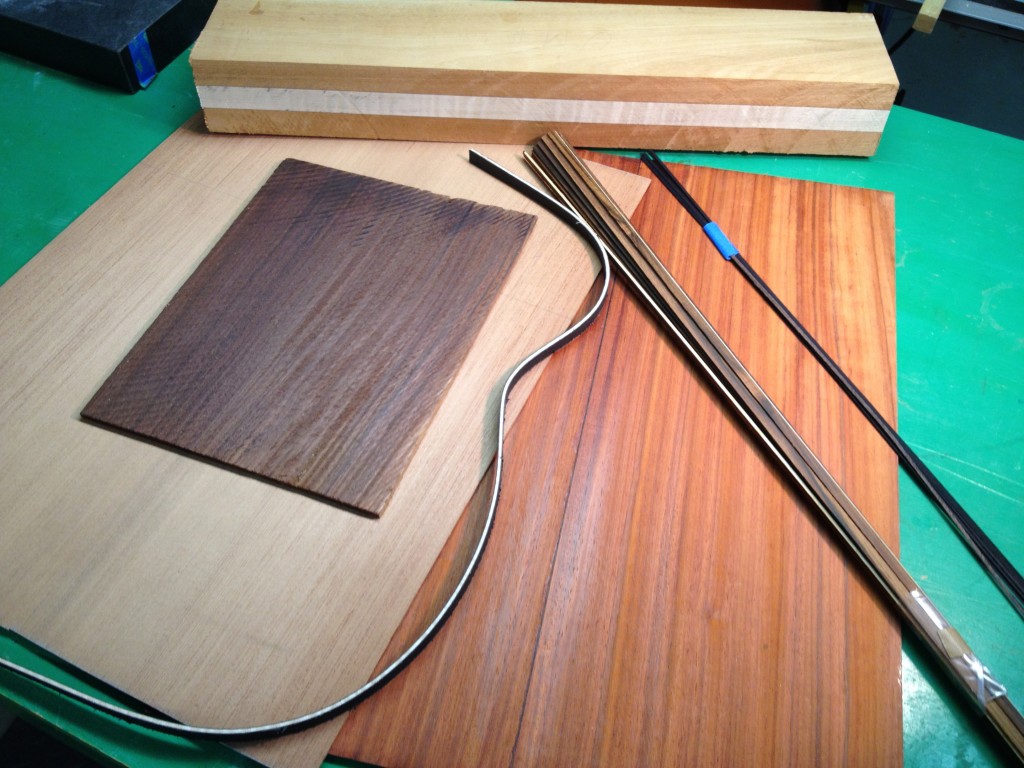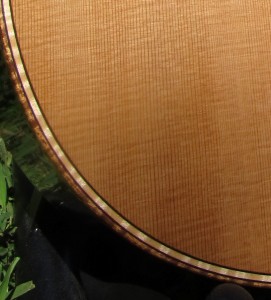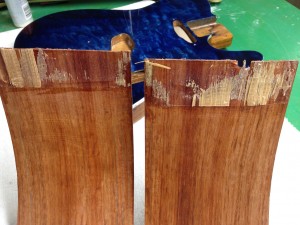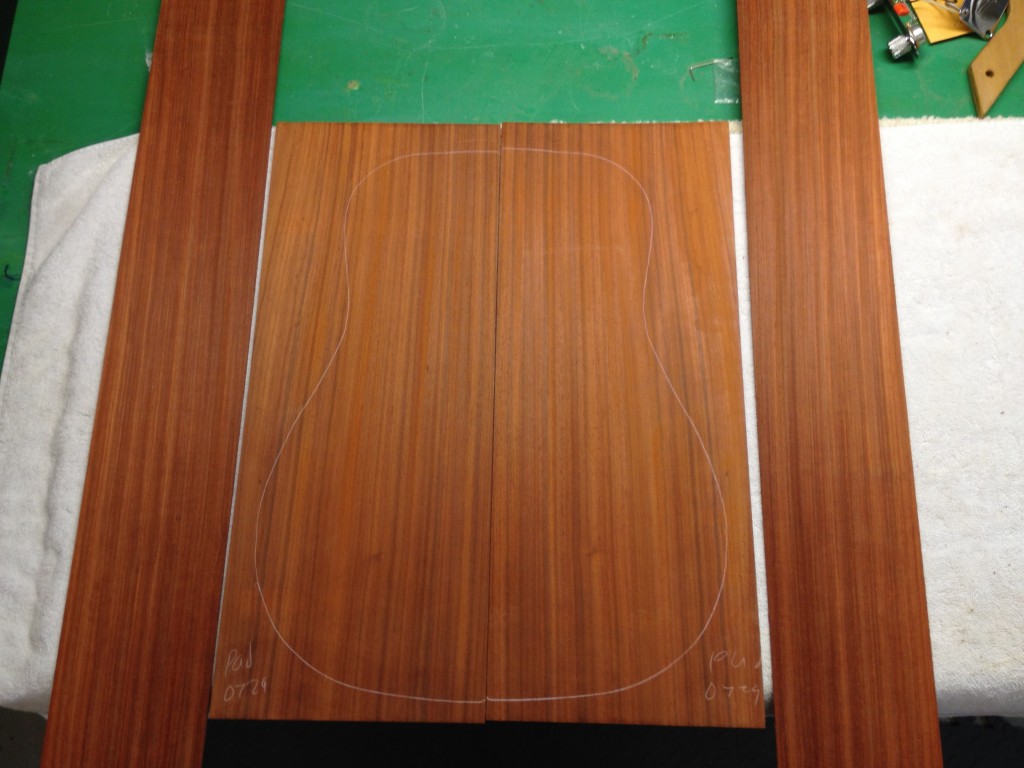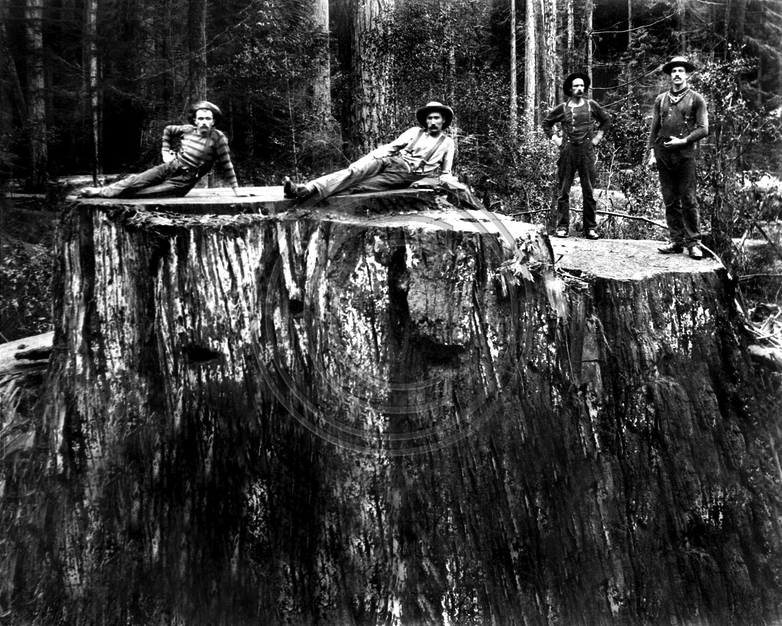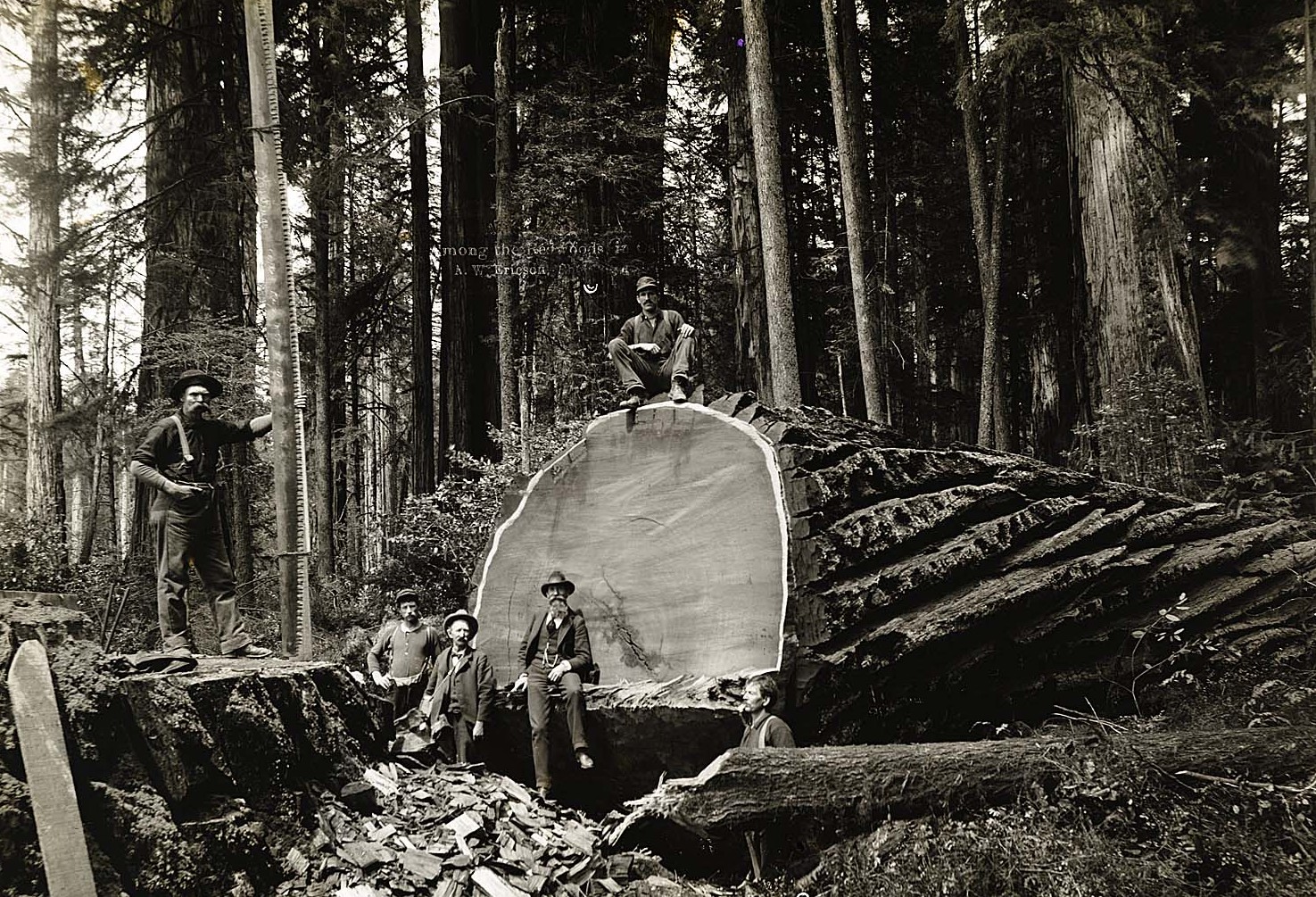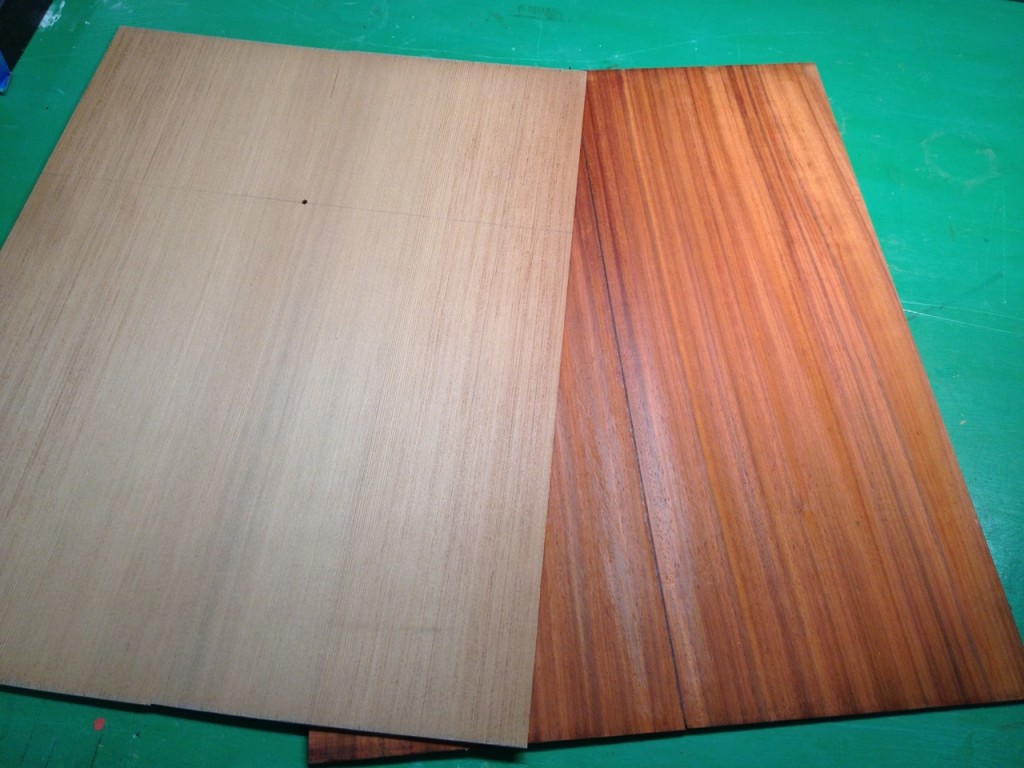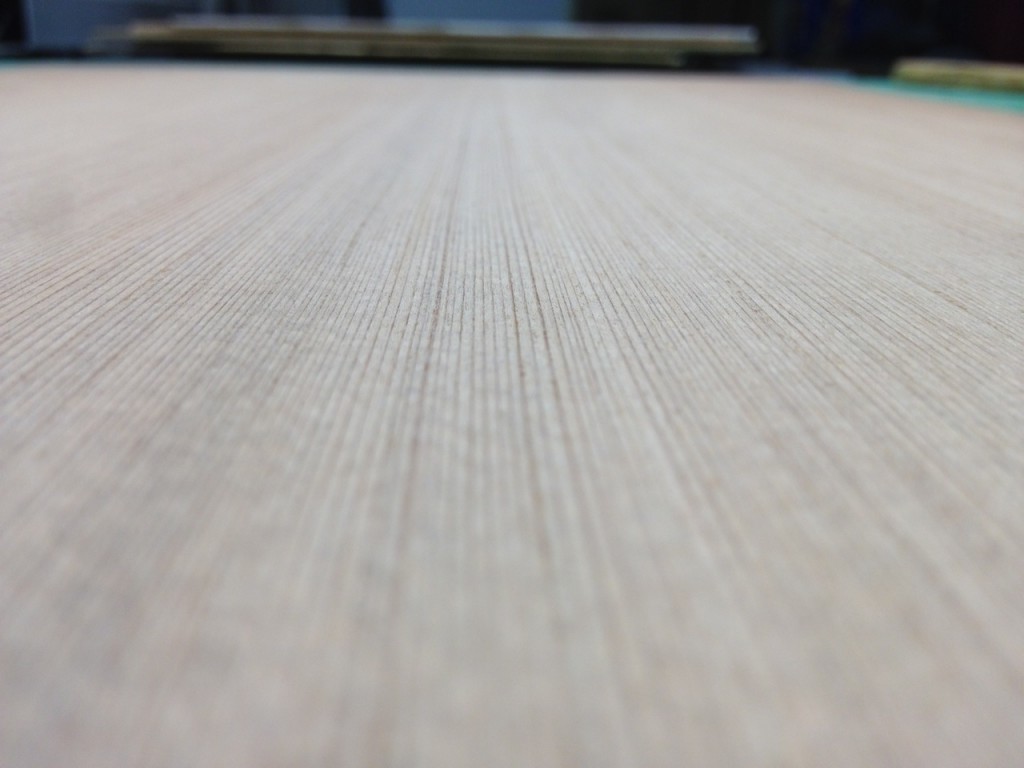This is a step-by-step building log for the guitar I’m building for my old pal Whit. It’ll be in reverse order, since that seems to be the way of WordPress, which I’ve just installed and am learning to use. I’m taking a lot of photos — maybe the editors will spare you having to scroll through too many. Probably not. For sure there’ll be too many words. Sorry.
Okay, this is a C.F. Martin-inspired Orchestra Model steel-string acoustic guitar. I covered the question “What’s an OM?” in a post yesterday. The specs weren’t covered, so here goes:
25.5-inch scale length, 15-inch wide lower bout, 9-1/8-inch waist, 19.375-inch long body — all Martin spec — but it’ll be a little deeper than the standard 4-1/8 inches. Maybe 4-3/8. Trying to squeeze a little more bass out of it. Not so deep that we lose the trebles or need a custom case.
The neck is sort of up in the air at this point. I like a 1-3/4 nut width, but since Whit is probably more accustomed to a thinner neck it may end up with a 1-11/16 nut. I like Taylor’s neck shape. Spacing at the saddle will be about 2-5/32″. 14th-fret neck-to-body join. The neck will be a butt-joint-with-bolts/no-mortise type ala Goodall.
The back and sides will be African padauk (Pterocarpus soyauxii), the top will be California redwood, and the neck will be Honduran mahogany and flamed eastern-US maple. I have a piece of East Indian rosewood (reportedly an old Martin factory offcut) for the rosette, which will be offset with maple/rosewood/maple purfling lines.
I have a nice left-over piece of flamed maple, cut and bent to go around the edge of the top. That’ll probably get used in place of a pearl border. Flashy but organic, and the U.S. goverment doesn’t yet require “papers” for maple they way they do for any sort of natural shell (like abalone) on a guitar. Seriously, a guitar can have a bunch of “controlled” materials that the government takes a keen interest in. Yeah, “Where are your papers?”-Soviet-style. Ask Gibson. This is also from the same piece of maple used in the center section of the neck.
The binding will be Madagascar rosewood. Perhaps with a small purling line of flamed maple to set off the dark rosewood from the deep red of the padauk. Perhaps not — the padauk bleeds red onto everything and may totally orangify the maple. If everything else goes well, I might try the maple purfling. Depends on whether we feel like tempting the guitar-building gods. The back has a thin line of madagascar rosewood glued in between the two halves. Nice and simple.
Whit’s always been a guy that respected tradition, so I’ll try not to stray too far from the classic OM look. I’ll also try not to go overboard on blingy woods.
The back and sides were bought from Allied Lutherie five or so years ago by my lovely wife, Karen. She had the foresight to order an extra set of sides, which was prescient, since the first set ended up like this photo to your left. This padauk is wonderful, ringy stuff. It has a tap tone like really good rosewood. A sort of hard, glassy attack and a long sustaining d-o-o-o-o-o-m-m-m-m. Here’s a photo of the back and sides:
This wood has a beautiful sort of sheen to it. I think it is going to look exceptional under finish. And sound great.
The redwood top is from Rick Michelletti out in northern California. He told me that it is called Buckskin redwood. The story goes that once in a while a redwood would be felled or hit by lightning and just be left on the forest floor because it was too far from a road or river. So Rick figures this one was sitting on the ground for maybe 100 years before it was taken from the forest and sawn into lumber. These redwoods are the most beautiful trees in every way. And very old. They should be the iconic “American” tree. Here’s a couple photos of an old redwood logging operation:
One of those characters does bear a resemblance to Whit, but the hat’s all wrong. Magnificent trees. I’ve played three redwood-topped guitars and all had similar tone: brighter than western red cedar, but with the rich overtone series of a good cedar. Of course they were all high-dollar guitars built by masters and you expect some complexity in the tone, but these really were the sort of guitars you’d want to see made from these incredible trees. Here’s a shot or two of the top:
Next: Joining the back ›

